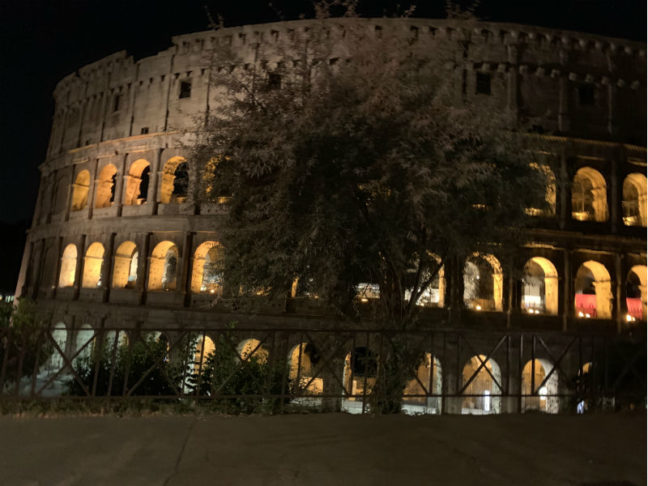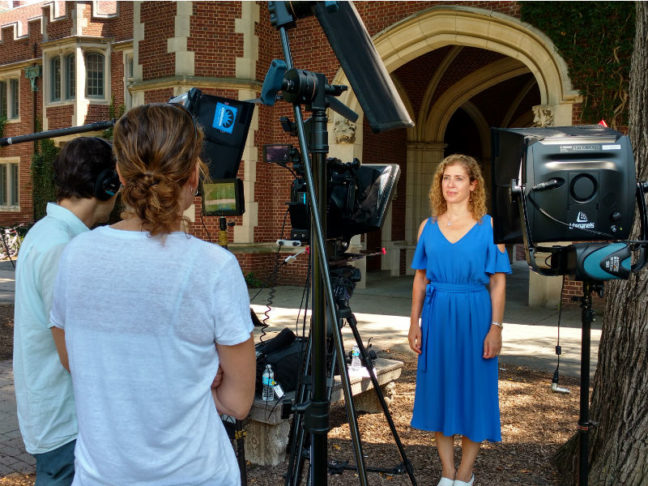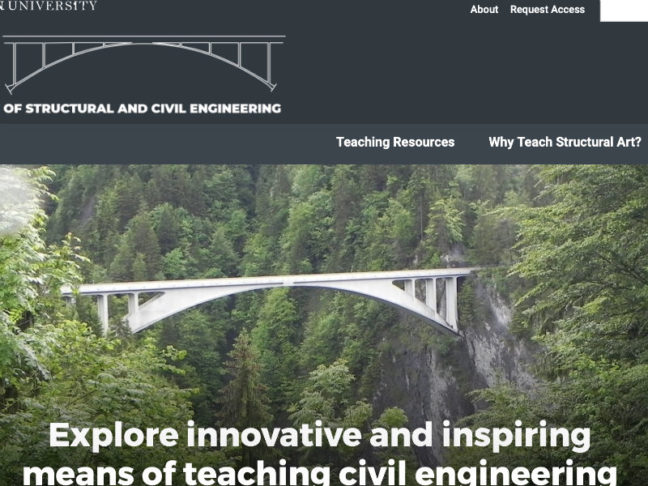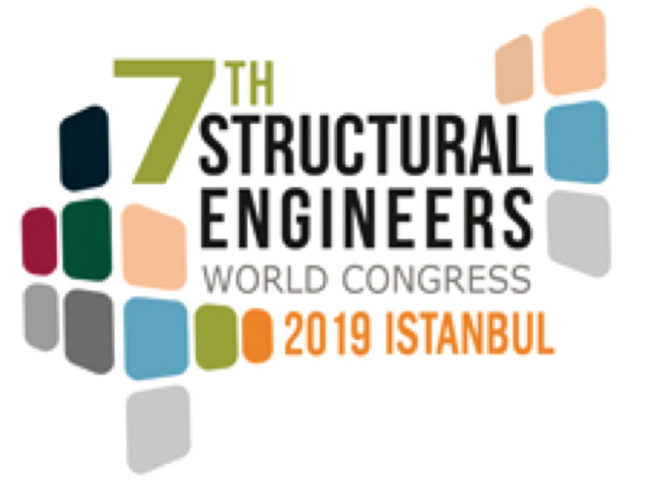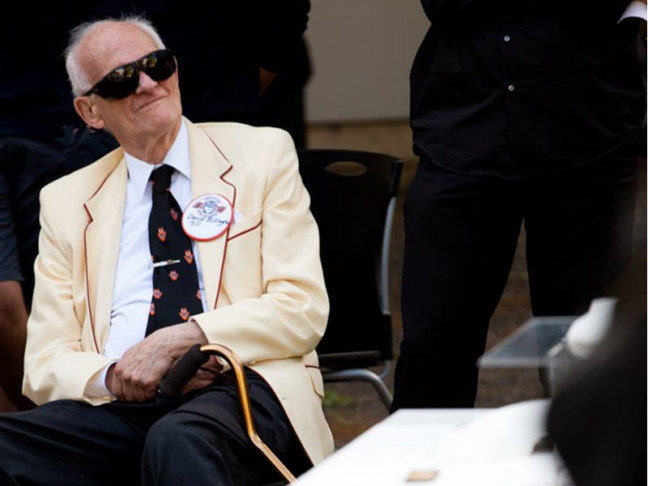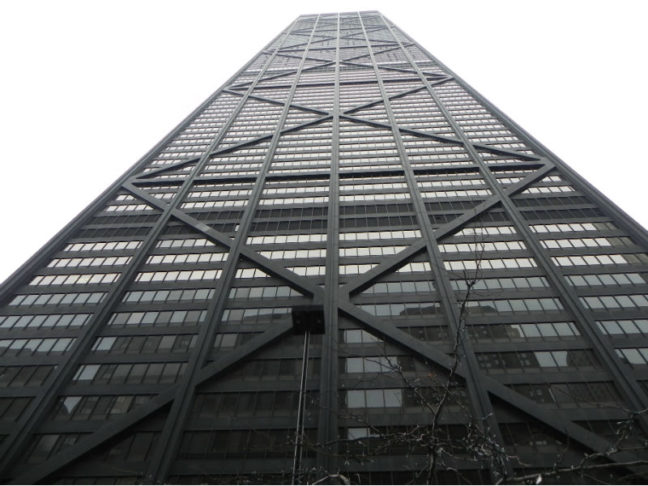Professors Garlock, Glisic, and Adriaenssens taught “Two Millenia of Structural Architecture in Italy” in the summer of 2019 through Princeton’s PIIRS Global Seminar Program.
The aim of this seminar is to track and understand the structural and architectural engineering leadership of Italy in the context of social-political-economic circumstances.
The seminar studies various structures of Italy in three distinct time frames. The first part of the course explores creativity in structural and architectural engineering during the classical and medieval period. It identifies particularities relative to the analysis of ancient structures, including construction materials, construction techniques, structural elements (column, arch, wall, and shell), and architectural forms (bridge, building, and dome). The second part of the seminar is based on vaulted reinforced concrete structures of the 1900s. The works of Italian engineer Pier Luigi Nervi are contrasted to those of Spanish engineer Felix Candela. The third part of the seminar brings us to modern times of lightweight structures and advanced technologies. It traces the relationship between innovative design and construction technology, and the evolution of tent structures.

